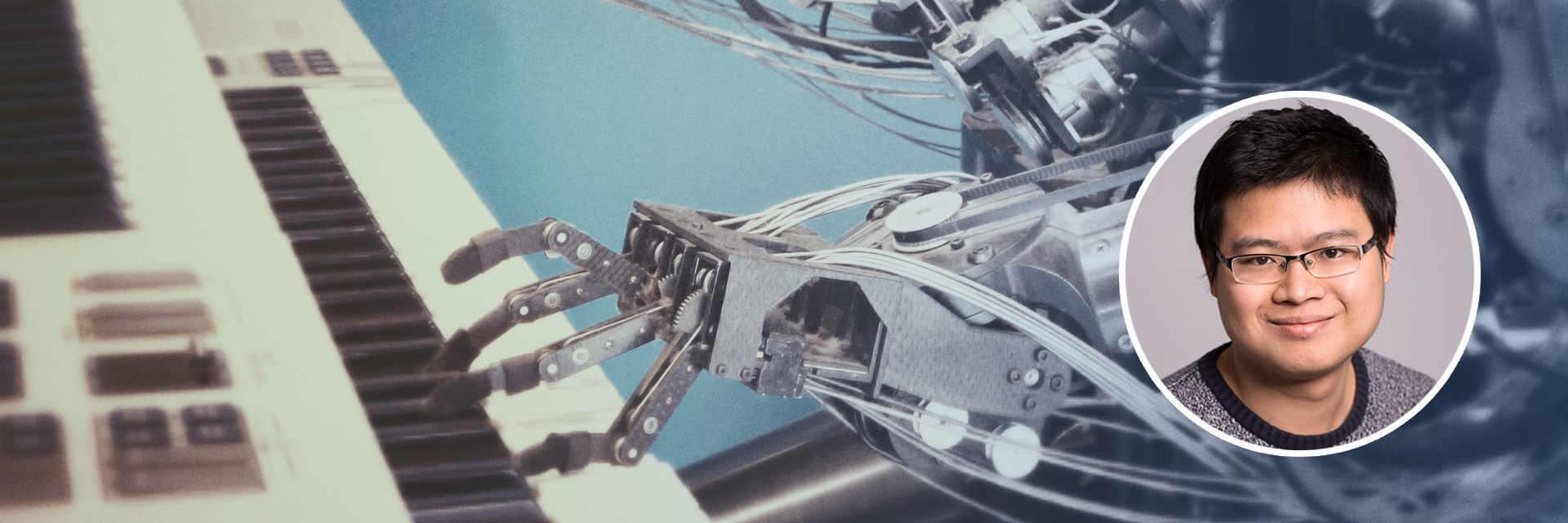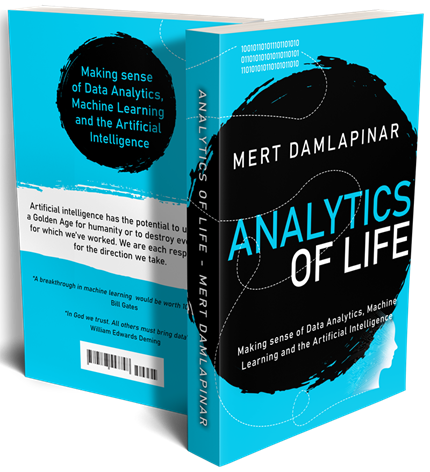
“Analytics of Life” – a book review
Postdoc Le Quang’s book recommendation gives concrete ideas about how machine learning techniques and deep learning algorithms are applied in real-world situations.

“Data is the new oil”, or is it? In fact, unlike oil, (big) data is worthless if the owner has no skills to analyze it. The value of data therefore lies in the art of data analysis techniques that can be anything from simple regression to complicated deep learning (or artificial intelligence (AI)). Consequently, big and small organizations have put forth immense efforts and invested vast resources in data analytics, resulting in a rapid transformation in many industries and in almost all major aspects of our lives. However, data analytics using machine learning and AI seems to still be in its infancy forcing us to strive for structured and comprehensive understanding of how to benefit from this ongoing process of analytics revolution.
In this book, the author smartly explains to us how data analytics plays a critical role in business and our everyday life. Importantly, he successfully clarifies the application of AI in data analytics by using plain English and compelling yet simple examples. His various examples cover different levels of AI applications, from something simple as chatbots which do things as instructed/scripted, or optimization software which can perform advanced data analysis and give recommendations (e.g., route optimization analysis such as Google Maps), to smart robots that can talk and mimic human emotions/face expressions. The real examples of AI applications are very useful, both in the business and daily life contexts. The author also shares his thoughts about how to achieve full-generalized AI by giving it the necessary freedom to dismiss any presumptions in the learning process, such that we can hope AI can be smarter than us one day. Said that, the author also makes us aware of the risks of losing control (e.g., AI takes over and destroys human) or some other dark sides of AI misuse such as the breach of privacy or destroying people’s lives for profit.
MY TAKE
This book is quite different from other books about data analytics I’ve read such that you won’t find a comprehensive list of machine learning techniques or deep learning algorithms, but you’ll find instead concrete ideas about how these methods are applied in real-world situations. I find some of them really intriguing, for example, when I was asked to imagine a Walmart manager called to intercept a customer even before he/she reach the complaint desk. As Tor once told me, with all the advances in technology and analytics, we should be able to deliver things to customers’ doors before they think of ordering it. Some other examples in the book also help me understand seemingly complex concepts more easily, such as reinforcement learning or pattern recognition. One minus point is that this book should have been more structured and focused as I still got lost sometimes during my reading.
In short, Analytics of Life might not be the technical book that can teach you data analytics methods using machine learning and AI but it is definitely a good choice if you are feeling uncomfortable with technical details but still want to get a grip on the application side of AI revolution.
OTHER REVIEWS FROM THE HUB@NHH:

